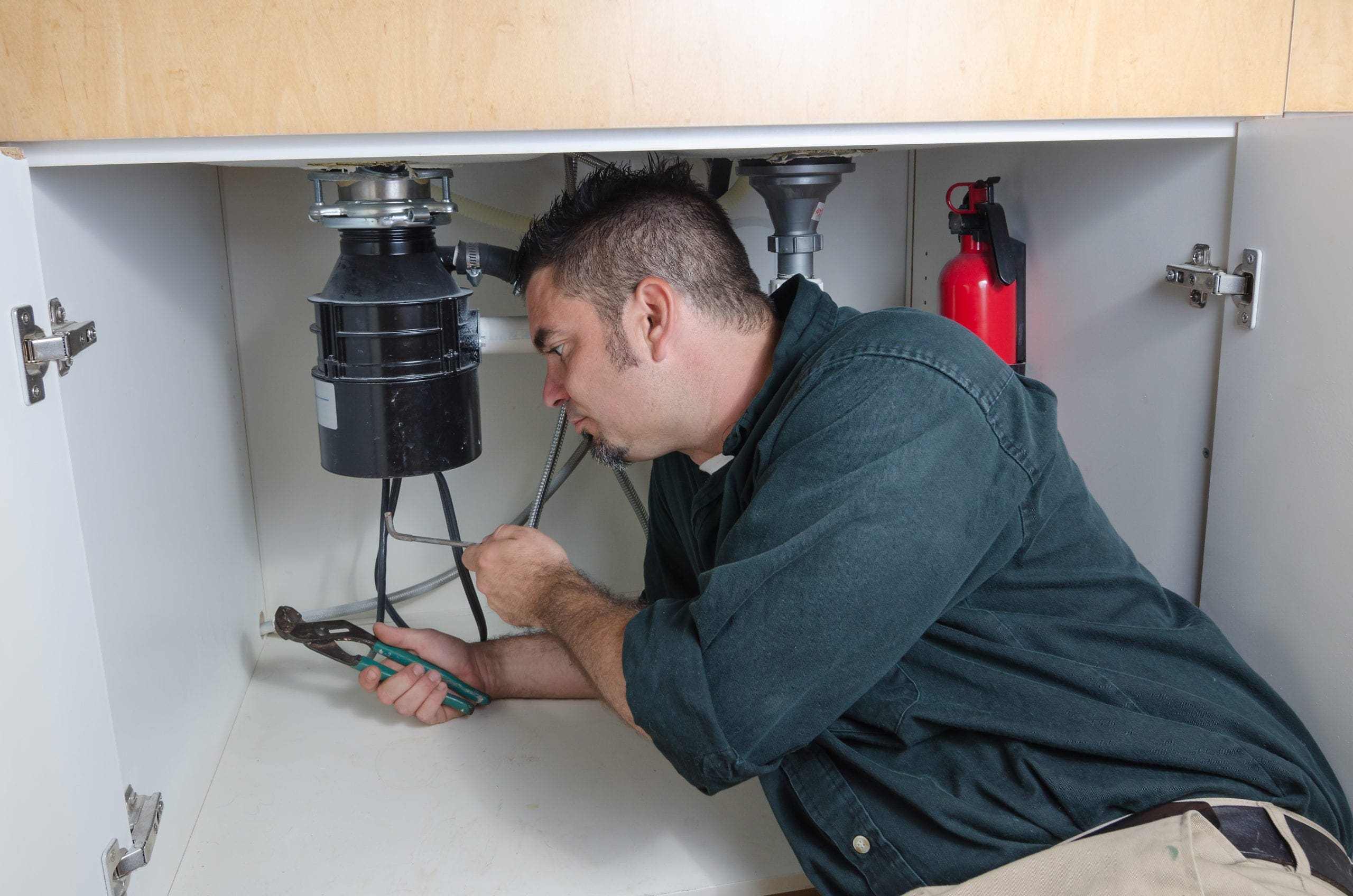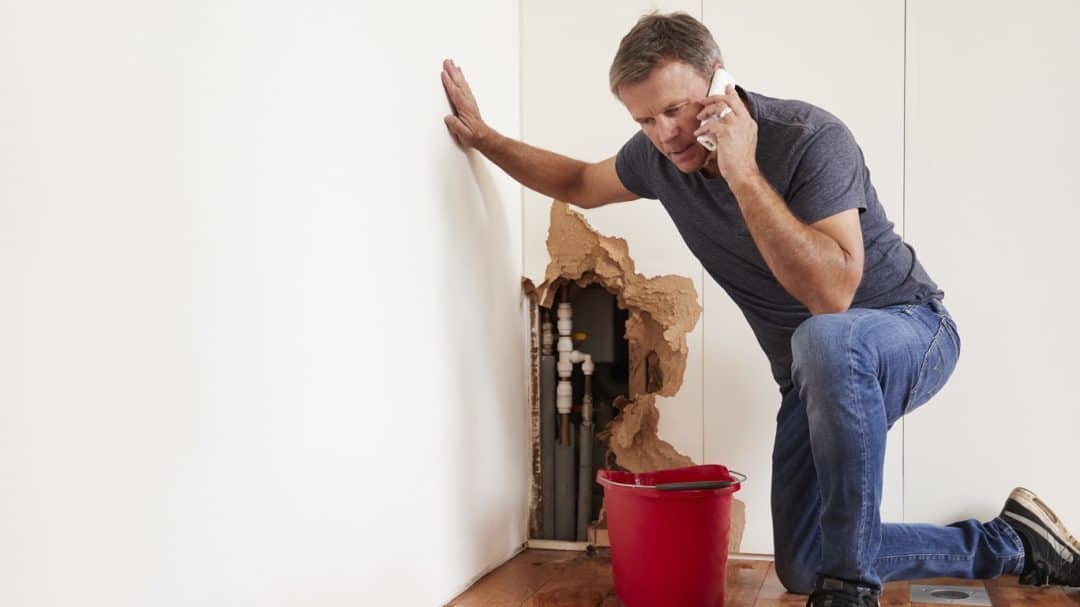Everybody will have their private piece of advice about How To Fix Noisy Pipes.

To identify noisy plumbing, it is essential to identify very first whether the unwanted sounds occur on the system's inlet side-in other words, when water is turned on-or on the drainpipe side. Noises on the inlet side have varied causes: excessive water stress, used shutoff as well as tap parts, incorrectly connected pumps or other appliances, inaccurately positioned pipeline fasteners, and also plumbing runs having way too many limited bends or other restrictions. Noises on the drainpipe side generally come from bad location or, as with some inlet side sound, a format consisting of tight bends.
Hissing
Hissing noise that occurs when a tap is opened somewhat typically signals excessive water stress. Consult your neighborhood water company if you suspect this trouble; it will certainly be able to tell you the water stress in your location and can install a pressurereducing shutoff on the incoming water supply pipeline if needed.
Other Inlet Side Noises
Creaking, squealing, scraping, breaking, as well as tapping generally are brought on by the growth or contraction of pipelines, typically copper ones providing warm water. The sounds take place as the pipelines slide against loosened fasteners or strike neighboring home framing. You can commonly pinpoint the place of the trouble if the pipelines are exposed; simply follow the audio when the pipes are making noise. Probably you will find a loose pipeline hanger or an area where pipelines lie so near floor joists or various other framing items that they clatter against them. Affixing foam pipe insulation around the pipelines at the point of get in touch with need to fix the trouble. Make sure bands as well as wall mounts are protected and also offer ample support. Where feasible, pipe fasteners must be attached to large architectural aspects such as structure walls as opposed to to framing; doing so minimizes the transmission of resonances from plumbing to surfaces that can magnify and also transfer them. If connecting bolts to framework is unavoidable, cover pipelines with insulation or other durable product where they contact bolts, as well as sandwich completions of new bolts in between rubber washers when mounting them.
Dealing with plumbing runs that struggle with flow-restricting limited or numerous bends is a last option that needs to be undertaken only after getting in touch with an experienced plumbing specialist. However, this scenario is fairly common in older homes that might not have actually been built with indoor plumbing or that have actually seen numerous remodels, especially by amateurs.
Chattering or Shrieking
Extreme chattering or screeching that occurs when a valve or tap is activated, which usually disappears when the fitting is opened completely, signals loosened or malfunctioning inner parts. The service is to replace the valve or tap with a brand-new one.
Pumps and also devices such as cleaning machines and dishwashers can transfer motor noise to pipes if they are incorrectly connected. Link such items to plumbing with plastic or rubber hoses-never stiff pipe-to isolate them.
Drainpipe Noise
On the drain side of plumbing, the chief goals are to remove surface areas that can be struck by dropping or hurrying water and to insulate pipes to contain inescapable audios.
In brand-new construction, bath tubs, shower stalls, commodes, and also wallmounted sinks and also containers need to be set on or versus resistant underlayments to decrease the transmission of sound through them. Water-saving commodes and also faucets are less noisy than conventional models; mount them as opposed to older kinds even if codes in your location still allow utilizing older fixtures.
Drainpipes that do not run vertically to the basement or that branch right into straight pipe runs supported at floor joists or other mounting existing especially bothersome noise issues. Such pipes are large enough to emit substantial resonance; they likewise carry significant quantities of water, that makes the circumstance worse. In brand-new building, specify cast-iron soil pipelines (the big pipes that drain commodes) if you can manage them. Their massiveness contains a lot of the sound made by water going through them. Likewise, prevent routing drains in walls shared with bedrooms and also spaces where people collect. Wall surfaces containing drains must be soundproofed as was explained earlier, making use of double panels of sound-insulating fiberboard and also wallboard. Pipes themselves can be wrapped with unique fiberglass insulation made for the objective; such pipes have a resistant vinyl skin (sometimes consisting of lead). Results are not constantly adequate.
Thudding
Thudding noise, usually accompanied by trembling pipes, when a tap or appliance shutoff is shut off is a problem called water hammer. The noise and also resonance are brought on by the reverberating wave of stress in the water, which suddenly has no location to go. Occasionally opening a shutoff that discharges water swiftly right into a section of piping consisting of a limitation, arm joint, or tee fitting can create the very same condition.
Water hammer can normally be healed by installing installations called air chambers or shock absorbers in the plumbing to which the trouble valves or taps are attached. These devices enable the shock wave developed by the halted flow of water to dissipate in the air they consist of, which (unlike water) is compressible.
Older plumbing systems may have short upright areas of capped pipeline behind walls on faucet competes the very same purpose; these can ultimately loaded with water, reducing or destroying their effectiveness. The remedy is to drain pipes the water system totally by shutting down the main water system shutoff and opening up all taps. Then open the primary supply shutoff and close the taps individually, starting with the faucet nearest the shutoff and ending with the one farthest away.
WHY IS MY PLUMBING MAKING SO MUCH NOISE?
This noise indeed sounds like someone is banging a hammer against your pipes! It happens when a faucet is opened, allowed to run for a bit, then quickly shut — causing the rushing water to slam against the shut-off valve.
To remedy this, you’ll need to check and refill your air chamber. Air chambers are filled with — you guessed it — air and help absorb the shock of moving water (that comes to a sudden stop). Over time, these chambers can fill with water, making them less effective.
You’ll want to turn off your home’s water supply, then open ALL faucets (from the bathroom sink to outdoor hose bib) to drain your pipes. Then, turn the water back on and hopefully the noise stops! If you’re still hearing the sound, give us a call to examine further.
Whistles
Whistling sounds can be frustrating, as sometimes the source isn’t easily identified. However, if you can pinpoint which faucet or valve that may be the cause, you’ll likely encounter a worn gasket or washer — an easy fix if you replace the worn parts!Whistling sounds from elsewhere can mean a number of things — from high water pressure to mineral deposits. Your best plan of attack here is to give our plumbing experts a call. We’ll be able to determine where the noise is coming from and what the cause may be, then recommend an effective fix!
Cracks or Ticks
Cracking or ticking typically comes from hot water going through cold, copper pipes. This causes the copper to expand resulting in a cracking or ticking sound. Once the pipes stop expanding, the noise should stop as well.
Pro tip: you may want to lower the temperature of your water heater to see if that helps lessen the sound, or wrapping the pipe in insulation can also help muffle the noise.
Bangs
Bangs typically come from water pressure that’s too high. To test for high water pressure, get a pressure gauge and attach it to your faucet. Water pressure should be no higher than 80 psi (pounds per square inch) and also no lower than 40 psi. If you find a number greater than 80 psi, then you’ve found your problem!
Next step is to give us a call in order to install a pressure regulator. Trust us, you don’t want to wait to resolve this issue. Not only is the sound annoying, but high water pressure can be destructive to your home — including damaging certain appliances, like your washer and dishwasher.
Dripping
You might be accustom to the slow quiet drip your kitchen faucet makes. You might have even tuned out your bathroom sink dripping and drabbing all day long — but it’s time to find its cause.
A slow drip could signify a variety of easy to fix issues, such as a worn out O ring, or loose part. And by ignoring the drip, you could be wasting up to 2,000 gallons of water a year! So start conserving water — get it looked at ASAP.
https://www.pwessig.com/blog/2018/december/why-is-my-plumbing-making-so-much-noise-/

Hopefully you enjoyed reading our post about Why Do My Pipes Make Noises. Thanks a ton for taking time to browse our post. Are you aware of someone else who is enthusiastic about the topic? Do not hesitate to share it. Thanks for your time. Don't hesitate to pay a visit to our website back soon.
Start Now